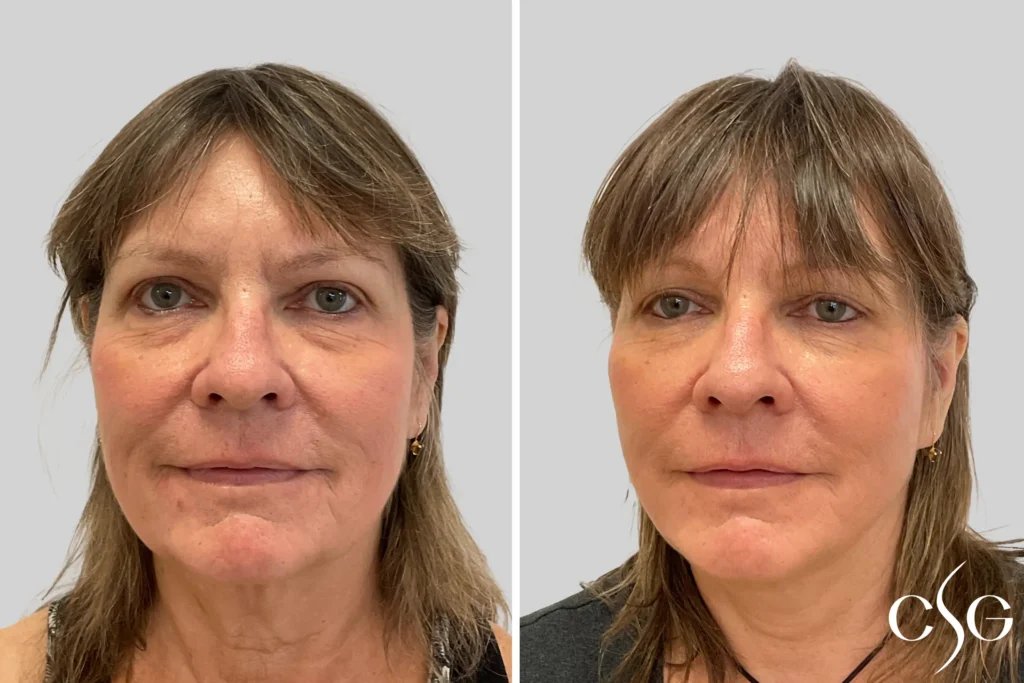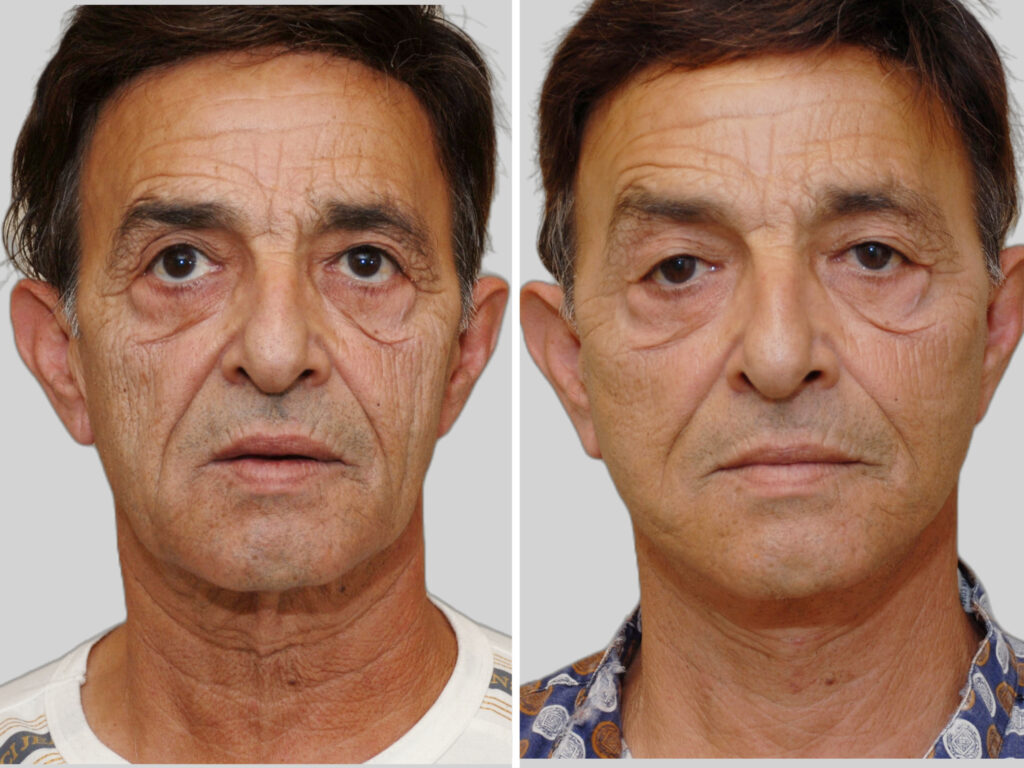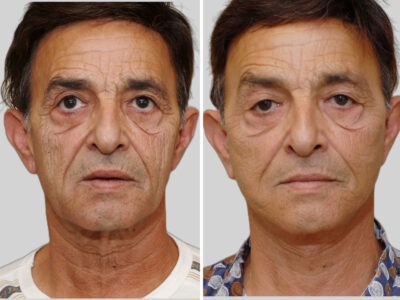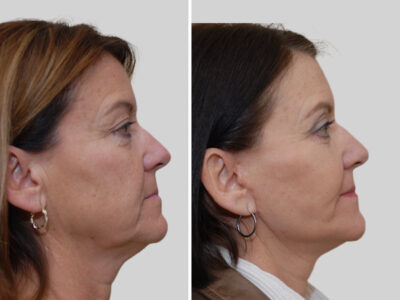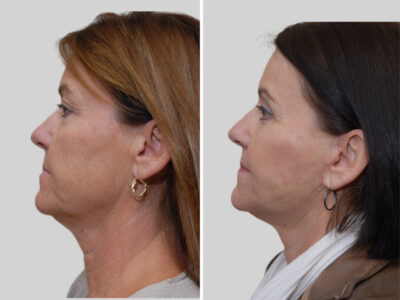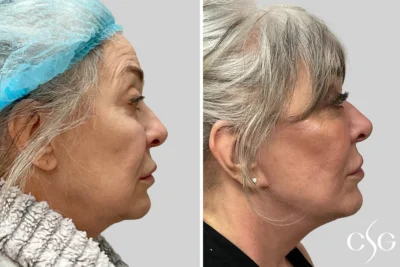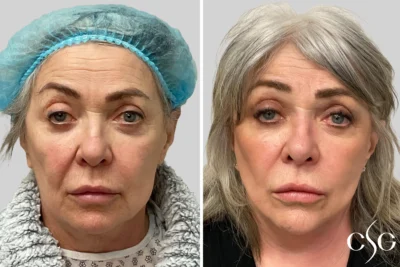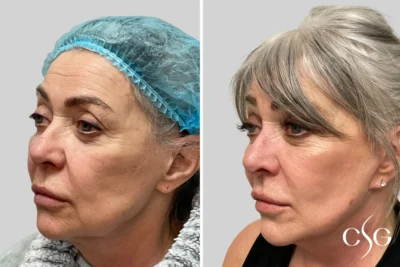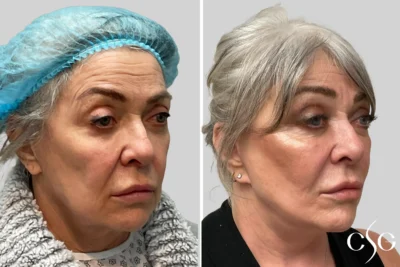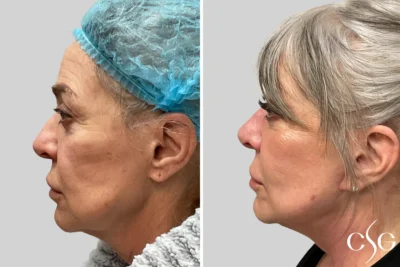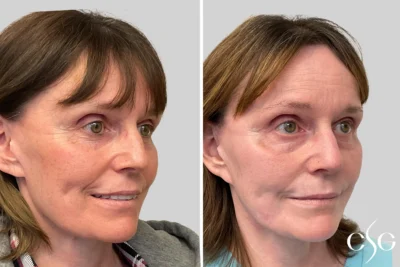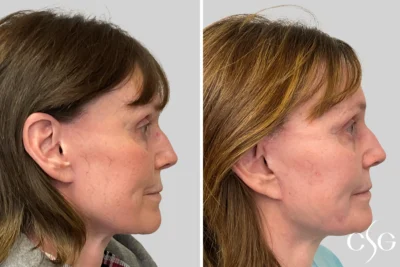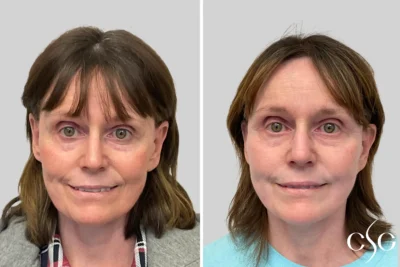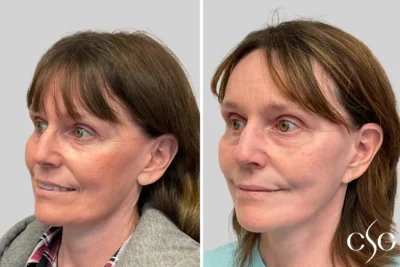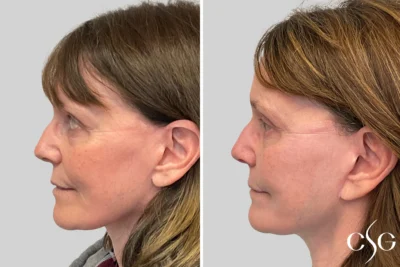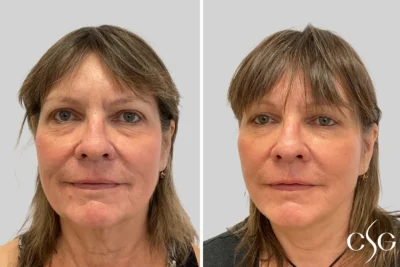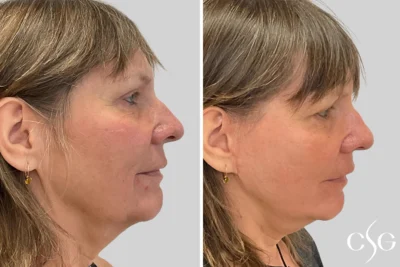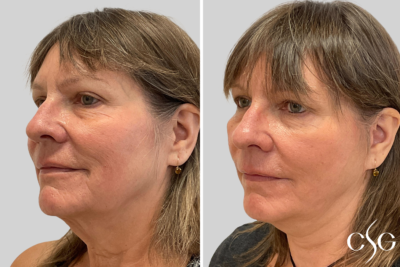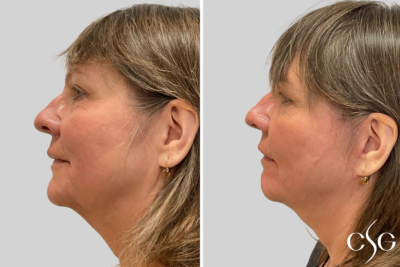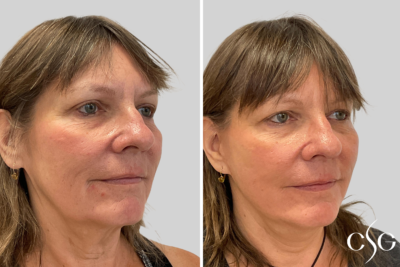Facelift is usually done under general anesthetic or with intravenous sedation as a day surgery procedure. The duration of surgery is variable, as the exact procedure will vary between patients depending on their personal needs. Also, Facelift is often combined with other procedures, such as Eyelid Surgery (Blepharoplasty) and Brow Lift. Once you are asleep or sedated and before beginning surgery, Dr. Goldberg injects long acting local anesthetic in order to prevent sensitization of pain nerves, and to prevent and minimize discomfort after surgery.
Incisions for a facelift are variable depending on several factors: position of the patient’s hairline, skin quality on the cheeks in front of the ears, the anticipated amount of skin to be excised, and some other more minor variables. Most commonly, the incisions are made in the temple within the hair, along the front of the ears camouflaged along the edge of the ear contour, in the trough behind the ear, and extending along and into the hair behind the ear. The incision may be shorter if less work needs to be done in the neck area or around the eyes.
During surgery the skin and fat are lifted around the side of the eyes and temple, over the cheeks and jaw, and on the neck to allow the redundant extra skin to be pulled back. The underlying layer of tissue known as the SMAS (superficial musculo-aponeurotic system) is also commonly lifted and tightened. This tissue is used to add fullness to the upper cheeks, restoring volume and youthful “cheekbones”. Tightening the SMAS is crucial to longevity of the results, and it also reduces the tension on the skin along the incisions, thereby improving and minimizing the resulting scar.
In order to address bands along the neck, sometimes the neck muscle, called the Platysma, needs to be partially divided and weakened. Some patients who have a lot of problems in the area of the neck require another small incision placed just below the chin. Through this incision the neck muscle can be tightened in the midline to improve the neck contour and eliminate “Turkey neck”.
The incisions are closed with many buried dissolving stitches and some non-dissolving ones in the skin that will need to be removed. At the end of the procedure a dressing is applied that protects the incisions and applies some gentle compression to the cheeks and neck. Sometimes, small plastic tubes are left in the incisions to help with fluid drainage; which are removed a few days after surgery.
 Face
Face
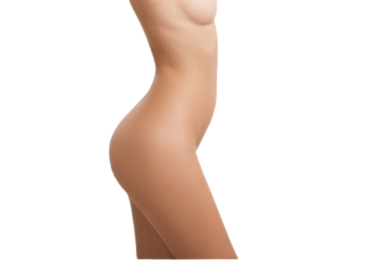 Body
Body
 Breast
Breast
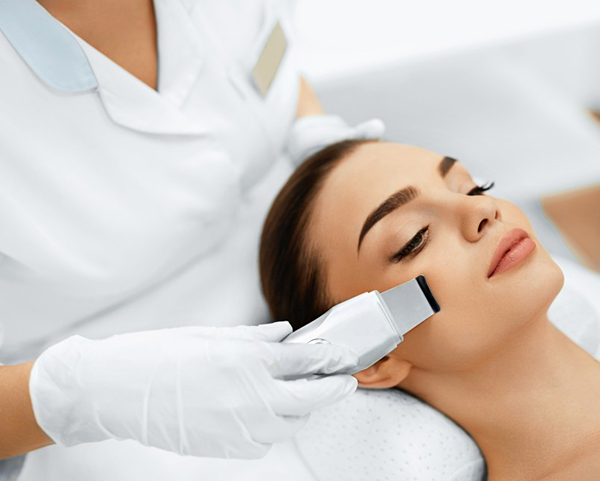 Non-Surgical
Non-Surgical
 Hair Transplants
Hair Transplants

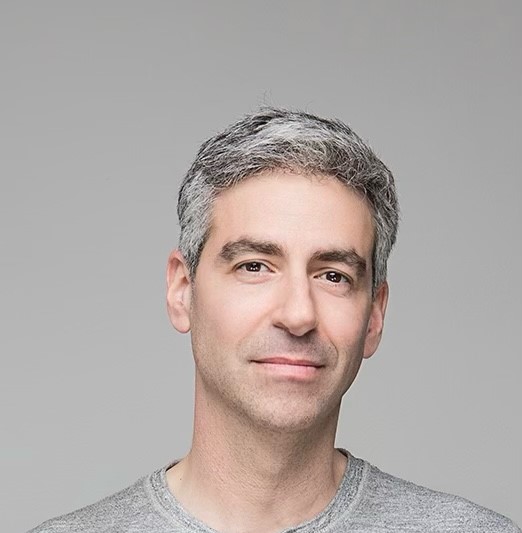 Dr. Cory S. Goldberg
Dr. Cory S. Goldberg Our Staff
Our Staff Policies
Policies Media
Media Reviews
Reviews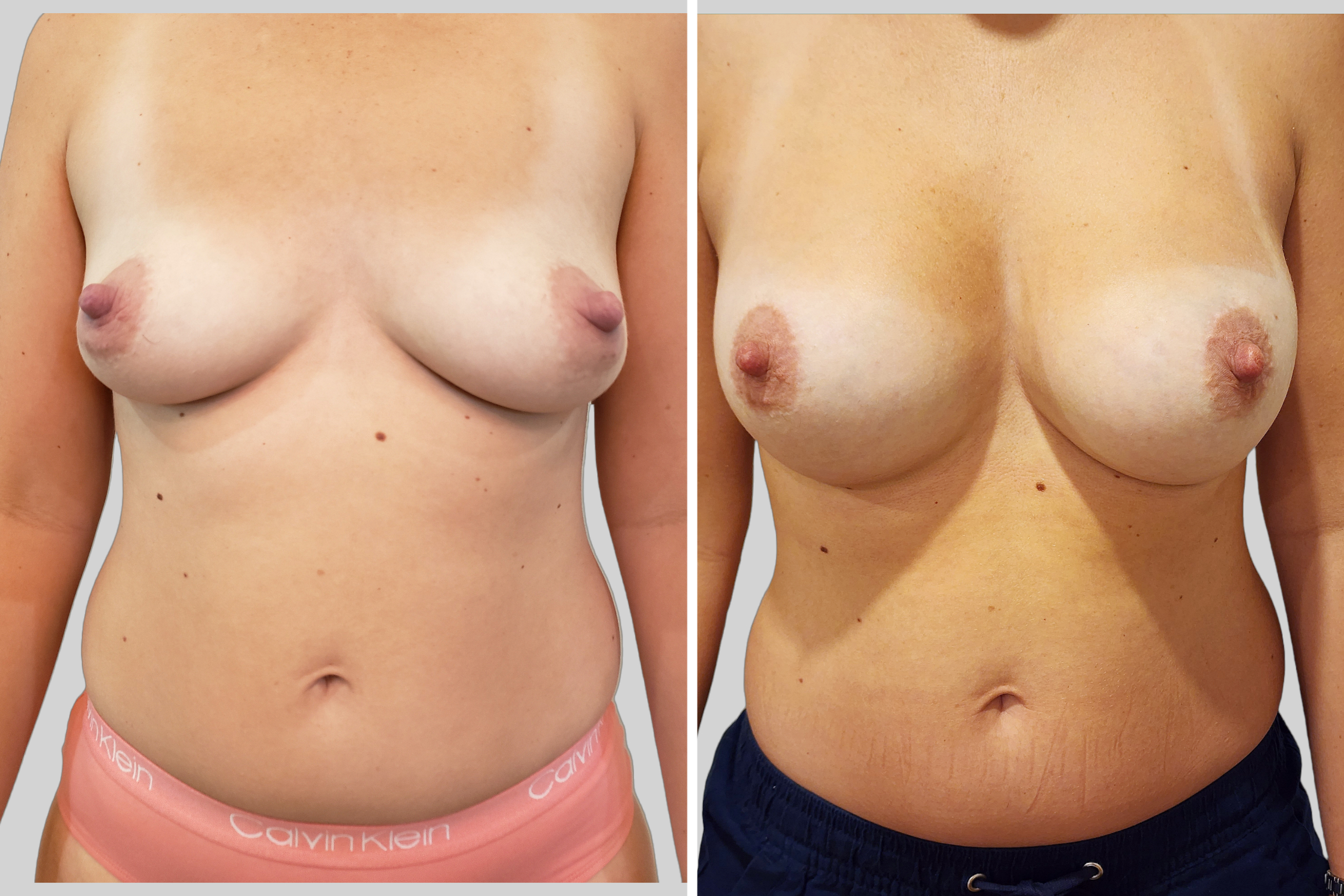 Breast Gallery
Breast Gallery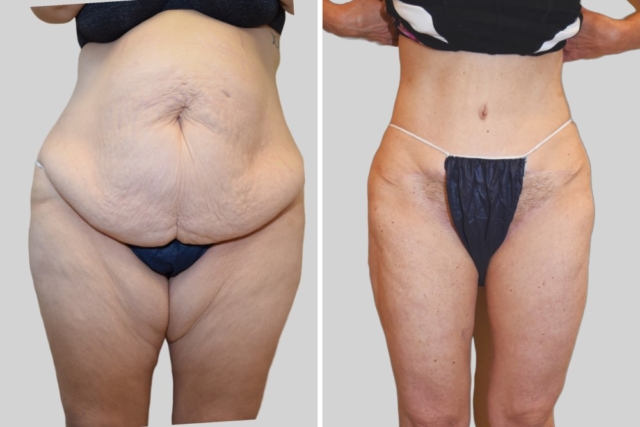 Body Gallery
Body Gallery
